Norway has an amazing array of natural and cultural attractions for tourists to discover. Travellers have an abundance of options in the land of the midnight sun and breathtaking northern lights, from the country’s metropolitan capital city of Oslo to its infinite snowcapped mountain peaks and deep fjords. The nation is surprisingly easy to navigate despite its rocky coastline and abundance of mountains. In reality, whether you’re travelling by rail or on one of the wonderful coastal steamers, the nation’s excellent public transport networks also provide some of the best sightseeing opportunities. Norway, one of the richest countries in the world, appears to have a fascinating museum dedicated to almost every significant facet of its extensive cultural and social past. If you look about, you can find interesting attractions that span a wide range of topics, including art, entertainment, fishing, and seafaring, including the Vikings.
our list of the top tourist attractions in Norway
1. Sognefjord: Norway’s Largest Fjord
Sognefjord, the biggest of Norway’s more than 1,700 named fjords, extends 204 kilometres inland from Skjolden, a coastal village, and makes numerous branching fjords and inlets along its course. The Norwegians refer to the fjord as “the King of the Fjords,” since it is about five kilometres wide at its widest point and has breathtakingly high rock walls that rise to a height of 1,307 metres. By boat is the most common way to explore the fjord. This means that there are plenty of fjord cruises and sightseeing excursions available, with many of the top tour options leaving from the charming town of Bergen. However, wherever you decide to go, make sure you give yourself a whole day to enjoy your journey.

Visitors will also take pleasure in touring the more slender branches, such as Naeroyfjord. This 17-kilometer length of breathtakingly gorgeous cliff walls rises more than 1,700 metres above the lake, spaced about 250 metres apart.
2. Pulpit Rock (Preikestolen)
Pulpit Rock (Preikestolen), one of Norway’s most visited tourist destinations, is best suited for the athletic traveller due to the strenuous route needed to get there. It’s among the locations in Norway that get the most photos. The venue, which is close to Stavanger, is reached by bus and ferry, then takes a two-hour walk upwards. You will be rewarded with breathtaking views of Lysefjord once you arrive at the nearly flat-topped cliff, which is located more than 600 metres above the water.

The surprisingly fascinating Norwegian Canning Museum is another place visitors to the Stavanger area should make time to visit. Set in a historic original WWII cannery, this entertaining museum depicts one of the nation’s most significant industries, sardine catching and preparation.
3. Norway’s Arctic City: Tromso
Tromsø, which lies 349 kilometres north of the Arctic Circle, is most known for serving as the starting point for numerous significant Arctic expeditions since the middle of the 1800s. Since its inception as a fishing community in the 13th century, the Tromsø area has been an essential component of local life, adding to its maritime beauty.
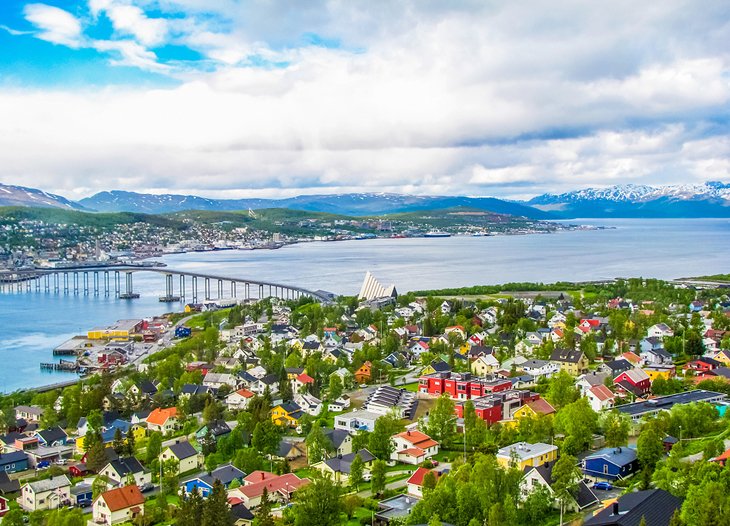
Tromsø is one of the best places in the world to witness the magnificent northern lights, partly because of its northerly location. There are a number of tourist attractions that study and explain the phenomenon, such as the Polar Museum with its fascinating exhibits on Arctic exploration and Polaria, the world’s most northern aquarium.
4. Take a Trip to the Lofoten Islands
Admirably situated off the northwest coast of Norway, the Lofoten Islands are a well-liked tourist attraction for both international and Norwegian visitors. Despite being in the Arctic Circle, the weather is warm here because to the Gulf Stream. Visitors come here to walk, kayak and enjoy the beaches and historic fishing communities. Many also travel here to witness the varied assortment of characters that make up the wildlife, which includes whales and everything from moose to eagles. Seeing the northern lights is another excellent reason to visit the islands.
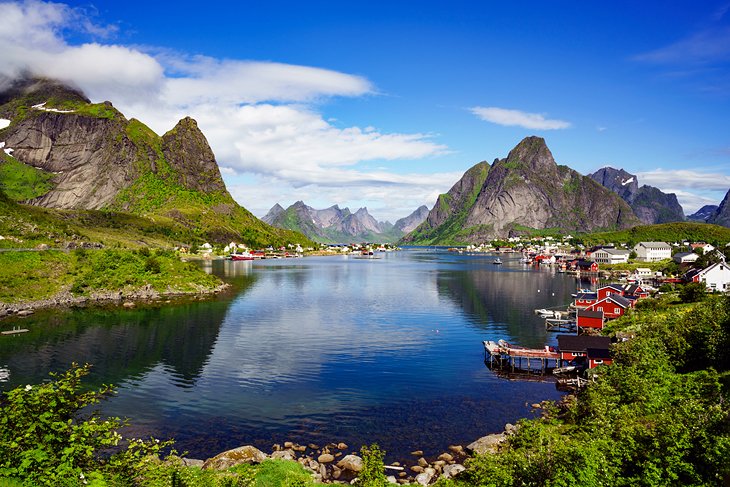
The islands provide a plethora of additional sights and activities, particularly in Svolvaer. The largest town in the Lofoten Islands, Svolvaer, is readily reached by ferry from the mainland. It is situated on the southern coast of Austvågøy island. This is the location of the unique Magic Ice Lofoten, which features ice sculptures reflecting local life, and the Lofoten War Memorial Museum (Lofoten Krigsminnemuseum), which houses a collection of World War II artefacts.
5. Bygdoy Peninsula, Oslo
The Bygdoy Peninsula in Oslo is a suburb that is conveniently accessible by vehicle or public transit, situated about four miles west of the city. It is well-known for its abundance of natural areas, which include parks, beaches, and forests, and is home to several of Oslo’s most popular tourist destinations. The Centre for Studies of Holocaust and Religious Minorities in Norway is housed in Villa Grande on the Bygdoy Peninsula, one of its many museums. The Fram Museum, another excellent museum, is home to the ships Gjøa, which is renowned for being the first ship to cross the Northwest Passage, and Fram, which is well-known for its Polar expeditions. Adjacent to the Kon-Tiki Museum is a popular attraction.
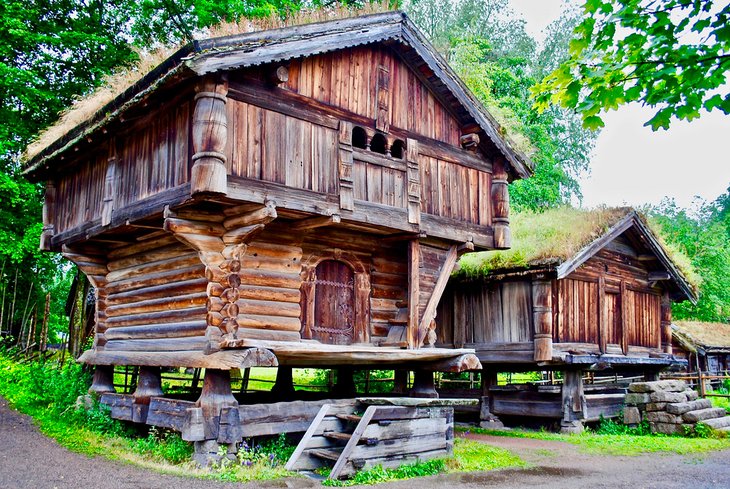
The Norwegian Maritime Museum (Norsk Maritimt Museum) is also located in this neighbourhood. The museum, which examines the significance of fishing and other nautical activities in Norwegian culture, is one of the best destinations in Oslo for ship and history enthusiasts.
6. Bryggen Hanseatic Wharf, Bergen
A well-liked spot for sightseeing in Bergen is the Bryggen Hanseatic Wharf. Once the hub of trade for the city, this brightly painted district was home to Hanseatic merchants. Today, visitors can discover the Bryggen Museum, shops, dining options, and a number of historic structures that depict mediaeval life.
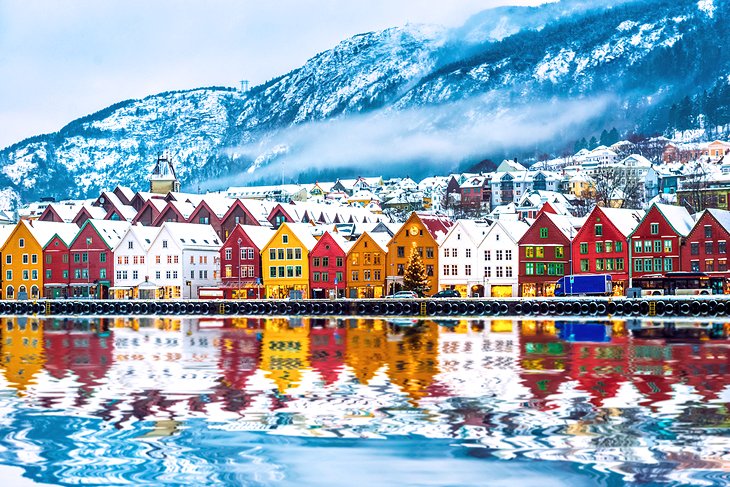
Visit the Hanseatic Museum, which has been open since 1872, to learn even more. One of the merchants’ residences from 1704, Finnegård, is now home to this intriguing museum. While in Bergen, guests should also check out the Open Air Market and Troldhaugen, the former residence and studio of musician Edvard Grieg.
7. Tromsø’s Arctic Museums
There are many excellent museums in Tromsø, two of which focus on the study of northern life. The newest of these, Polaria, has displays on the northern lights, the effects of climate change on Arctic ecosystems, and species from the Arctic, including an aquarium.
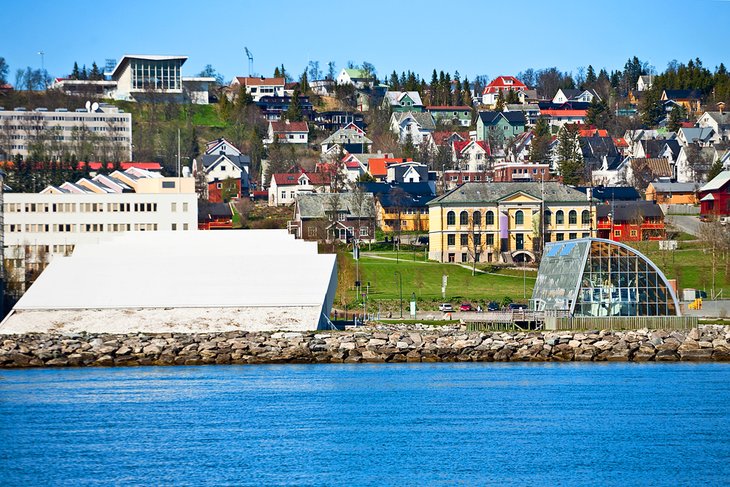
The Polar Museum emphasises the region’s lengthy history as a fishing village as well as its more recent development as a major hub for polar research. The results of more recent research and trips that explore the realm of the icy, black Arctic deep water are on display.
FAQ’S:
Q1: What are the must-visit attractions in Norway?
Norway boasts several breathtaking attractions. Some top-rated ones include the Northern Lights, Geirangerfjord, Bergen, Oslo, the Norwegian Fjords, Tromsø, and the Viking Ship Museum.
Q2: How can I explore the Norwegian Fjords?
The Norwegian Fjords can be explored by taking a cruise, a ferry, or driving along the scenic routes. Popular fjords to visit include Geirangerfjord, Nærøyfjord, and Sognefjord.